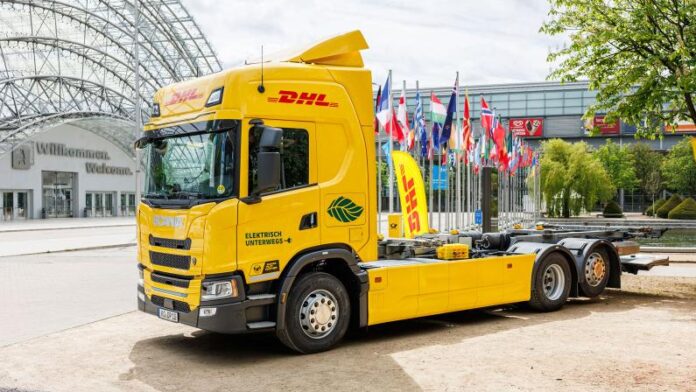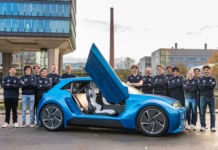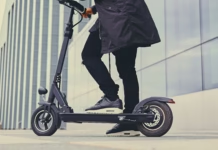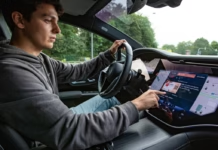The Shift to Sustainable Freight: Why EREVs Matter Now
The global logistics industry is under increasing pressure to decarbonize. Yet, transitioning entirely to electric freight vehicles remains challenging due to limited charging infrastructure and grid capacity. In this landscape, bridging technologies like Extended Range Electric Vehicles (EREVs) offer a practical middle ground. EREVs combine the environmental benefits of electric trucks with the operational flexibility of a fuel-based backup generator. They help logistics companies like DHL move toward net-zero emissions without waiting for complete charging networks. Scania, a leading heavy vehicle manufacturer, has partnered with DHL to launch and test this innovative concept, demonstrating how e-truck applications can already transform long-haul logistics today.
100 Days of Testing Prove the EREV’s Real-World Success
DHL tested the e-truck over 100 days along the Berlin–Hamburg route, clocking nearly 22,000 kilometers. Impressively, the truck ran over 90% of the time in pure electric mode, with the generator used in just 8.1% of the journey. As a result, CO₂ emissions were slashed by more than 90% compared to a traditional diesel truck. This proves that the EREV can match electric vehicle sustainability while outperforming them in flexibility. On cold days or when charging stations were unavailable, the range extender ensured uninterrupted service. This makes the EREV ideal for dependable, sustainable logistics across fixed routes.
Design, Capacity, and Emissions Efficiency
The EREV is equipped with a powerful 230 kW electric motor and a 416 kWh battery, backed by a 120 kW fuel-powered generator. The vehicle weighs up to 40 tons and carries around 1,000 packages, with towing capability for additional cargo. Upcoming models will feature an upgraded 520 kWh battery, increasing electric-only range. Crucially, the EREV can be programmed to limit generator use, locking in emission savings. When fueled with biodiesel, even the small percentage of fuel use becomes significantly cleaner, making this technology a strong candidate for near-future logistics fleets focused on reducing their carbon footprint.
Regulatory Support Is Key to Scaling EREV Technology
Despite its success, the EREV’s future depends on favorable policies. DHL urges policymakers to adjust road toll systems and emission classifications to reflect actual CO₂ performance. Current regulations often treat EREVs the same as diesel trucks, overlooking their proven environmental benefits. DHL supports Germany’s coalition agreement that endorses EREVs and calls for swift implementation. As a fully operational and scalable solution, the EREV can play a major role in accelerating the freight sector’s transition to clean energy. The message is clear: the technology is ready—now, political action must follow.







